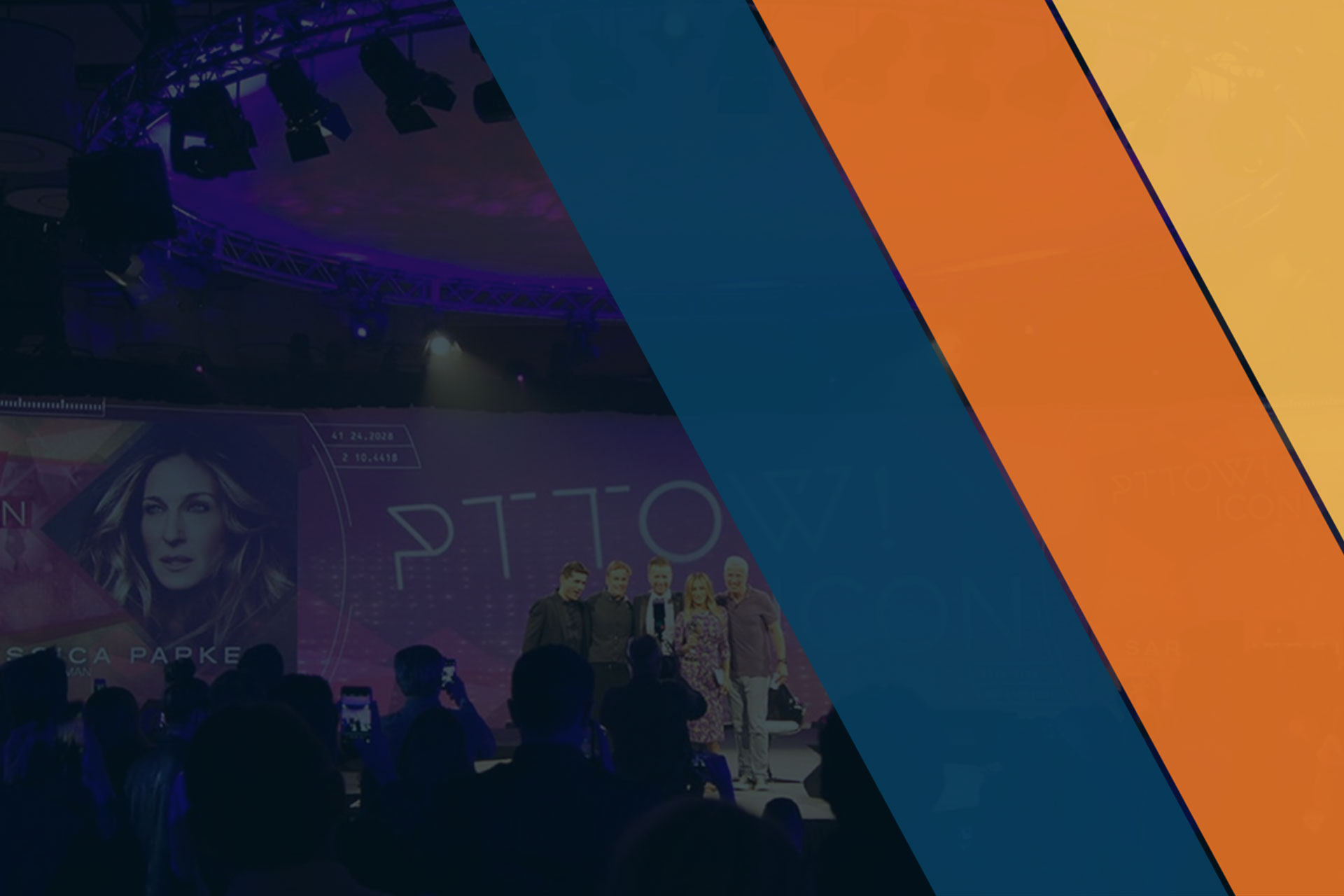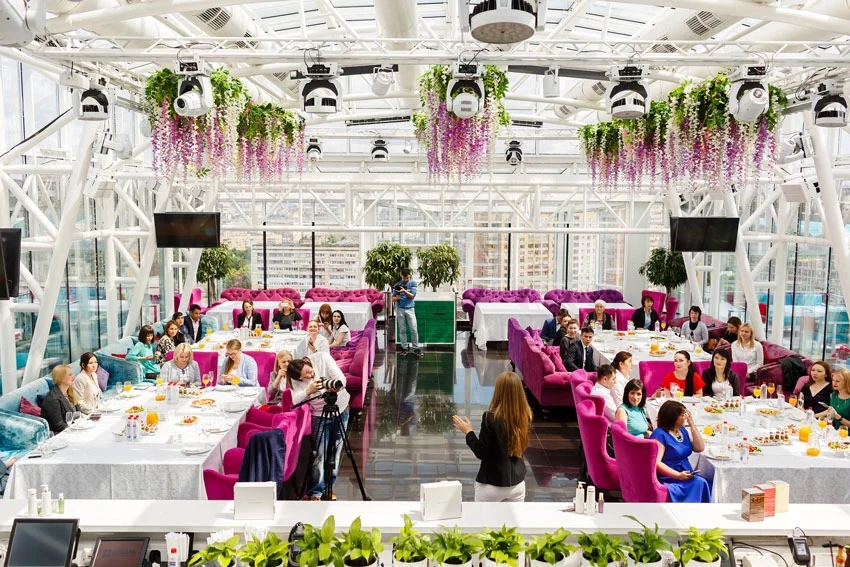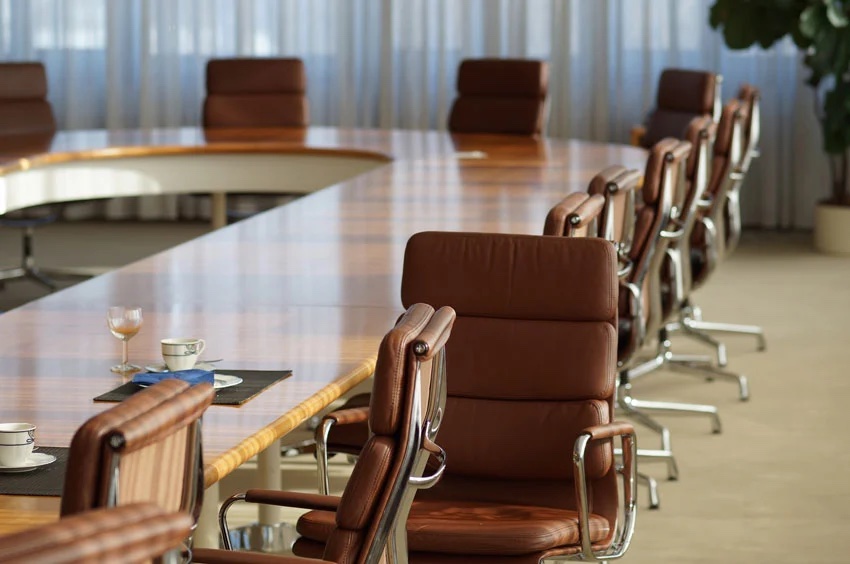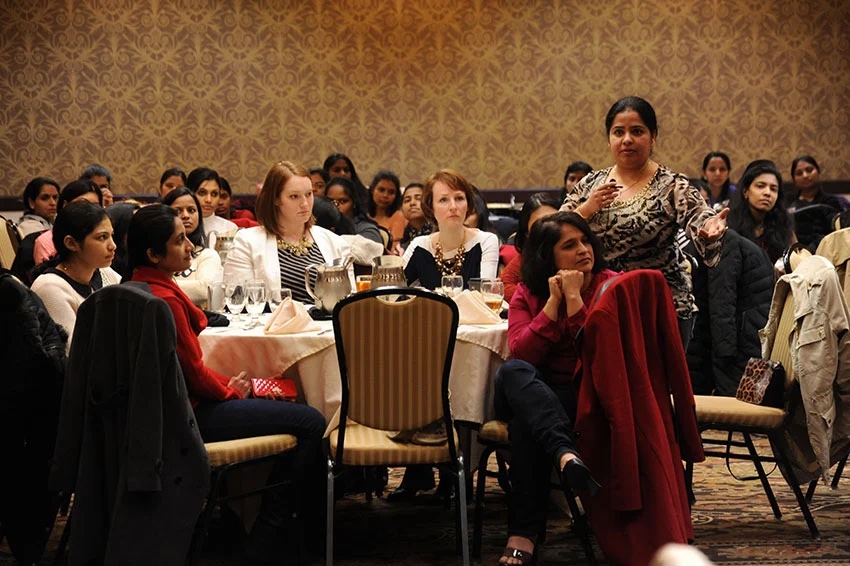

How to Create an Effective Learning Environment
Learning about industry trends, new technology and networking with like-minded individuals are the main reasons people attend events and trade shows. Still, holding people’s attention in today’s media-rich world is challenging. It takes more than a PowerPoint presentation and some key points to make an impact. Attendees not only want to learn; they want to feel inspired.
Seasoned planners know the best shows create space for both learning and fun. Together these two help the creative juices flow and new ideas are born. This type of learning ecosystem is what attendees are looking for and hoping to find.
So, the question is, how do you deliver? Where do you start? We’re glad you asked! Read on to learn how to set up an effective learning environment.
Set the Stage
Let’s start with setting the stage for learning and addressing physical requirements. You can match your space and seating layout based on the type of session you’re hosting. Keep in mind, the number of attendees does impact the type of learning you can offer as well as the room setup. For instance, a cozy lounge space is amazing for small group interaction but would never work for a hundred participants (unless you divided them up into intimate groups or teams).
Room Layout Ideas and Best Use Scenarios
Theater

Image source: Meeting NZ
Theater style has several rows of seats in straight lines facing a stage. For rooms built in theater style, the floor is usually slanted to ensure everyone has a view of the stage.
What it’s best for: TED Talk style, expert speaker-led sessions.
What it lacks: Collaboration possibilities. It’s a little more challenging to get in groups because everyone is facing the same direction and conversing with the people behind you can be difficult. Although advances in slide sharing and live Q&A technology are finding ways around that by encouraging collaboration, shared note-taking, shared commentary, and crowdsourced content.
Cabaret

This style uses round tables with seats on ¾ of the table with all seats facing the stage. Like the name implies, it’s what you would find at a cabaret or dinner theater. The layout allows for greater intimacy at the table without sacrificing the view of the stage.
What it’s best for: Meals with simultaneous presentations or shows and award ceremonies.
What it lacks: At least a quarter of each table is left empty in order to avoid obstructing the view. 10-person tables are now only set for 8 so more tables will be required.
Banquet
Like Cabaret but without the missing spots. Banquet tables needn’t face a stage or have a stage present.
What it’s best for: Small-group exchange with many participants.
What it lacks: It’s a very collaborative environment for the people at each table but does not allow larger group interaction and can often benefit from having facilitators rotating around the tables to keep things on track.
Classroom

Similar to the theater style, but differs in that there are generally desks in front of each chair. Sometimes those are communal tables that seat 3-5 people and other times they are individual desks or seats with trays that pull out.
What it’s best for: Instructor-led sessions and presentation of findings where there are either notes, quizzes, or hand-on learning involved that requires a flat surface.
What it lacks: A setup that is conducive to exchange (other than with tablemates).
Lounge

Think comfy couches, trendy lighting, and casual atmosphere.
What it’s best for: Informal collaboration and brainstorming.
What it lacks: A formal organization and writing surfaces.
U-shaped

Just as it sounds, tables form a U with the presenter walking into the center for interaction and presenting from the front.
What it’s best for: Instructor-led sessions designed to encourage discourse from the entire group. Allows the leader to easily interact with everyone without traipsing through rows or using microphone runners.
What it lacks: Still has a formal feel and won’t generally accommodate much over 25 participants. Anything much larger than that is difficult to arrange. You can soften this arrangement by removing the tables and rounding out the rigidness of the u-shape into a horseshoe, but you lose some of the face-to-face positioning of the participants.
Geographical Location
The geographical location of the room or space is important to learning as well. What’s near the room (e.g. gardens, parks, cafeterias, elevators, etc.)? Any of these things could be major detractors from the learning and sharing because of noise or self-consciousness of being seen/heard by others.
Lighting
We all remember the harsh glare of the classroom. Designed to keep us awake, it certainly did nothing for ambiance or setting a mood. But as event planners, we can move beyond classroom lighting and into one that sets the right tone. Try some of these lighting examples:
Creative Learning Ideas
Same old, same old doesn’t create a dynamic learning environment. To keep things interesting, diversify the teaching and session structure with different types of session, speaker, and classroom arrangements.
If you’re looking for a way to amp up the interaction and learning, consider these:

Conclusion
If you want event learners to be more engaged and invigorated by your content, you must create an ideal learning environment. To do so, you’ll want to take into account the physical components of the room, as well as facilitating technology, and types of learning sessions. Best of all, creating a strong attendee learning environment doesn’t even require a threat to be sent to the principal’s office!

